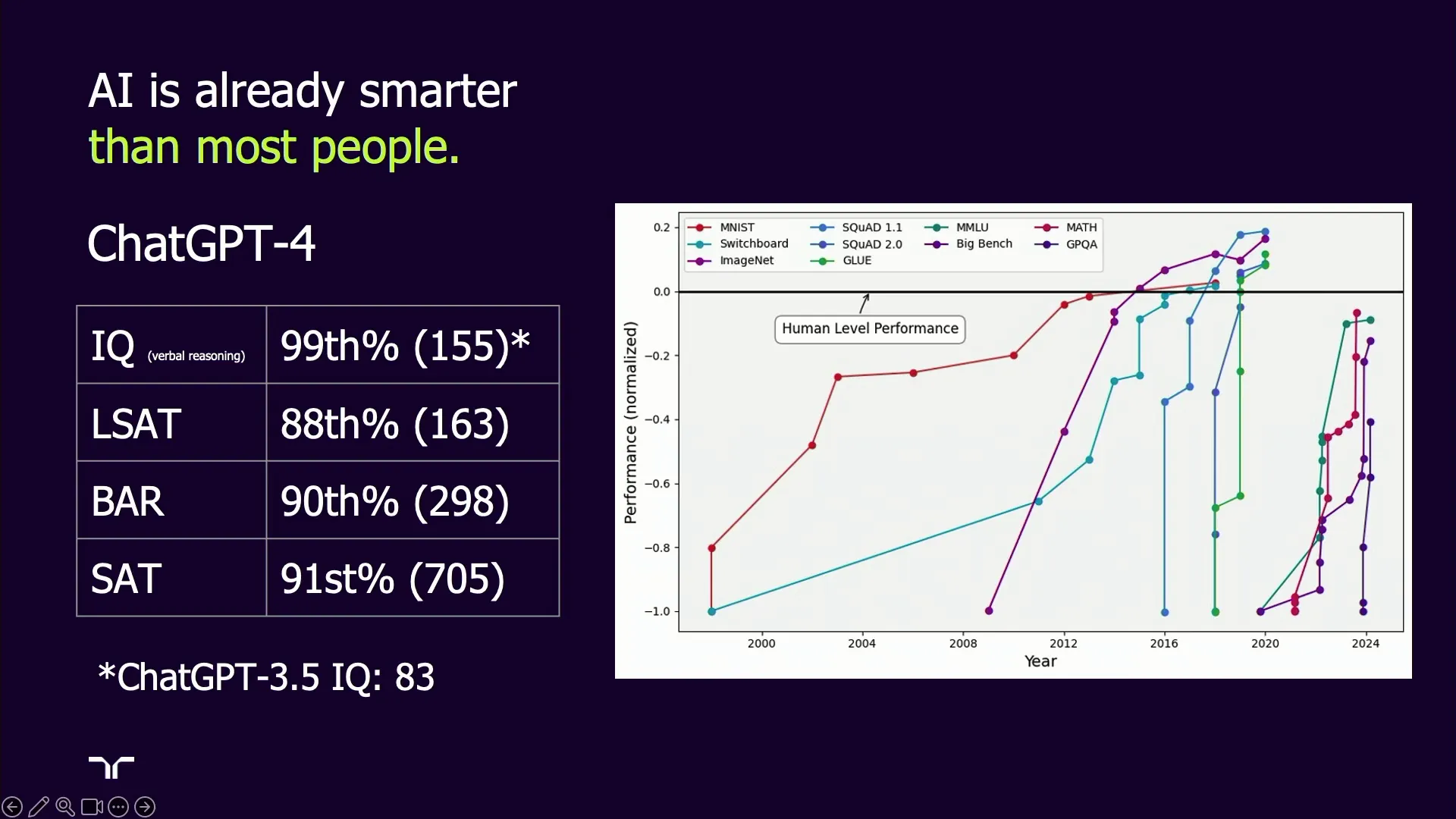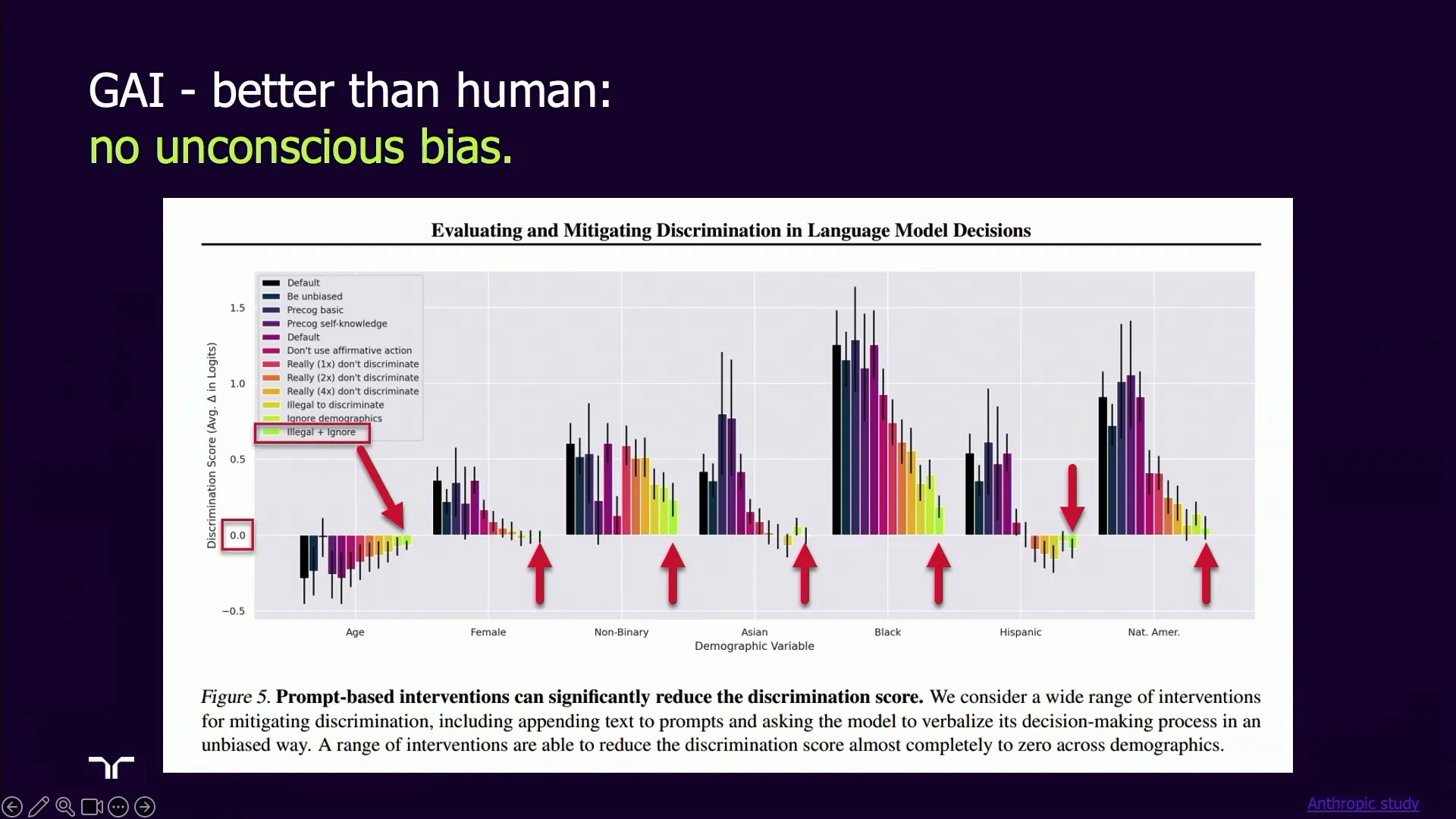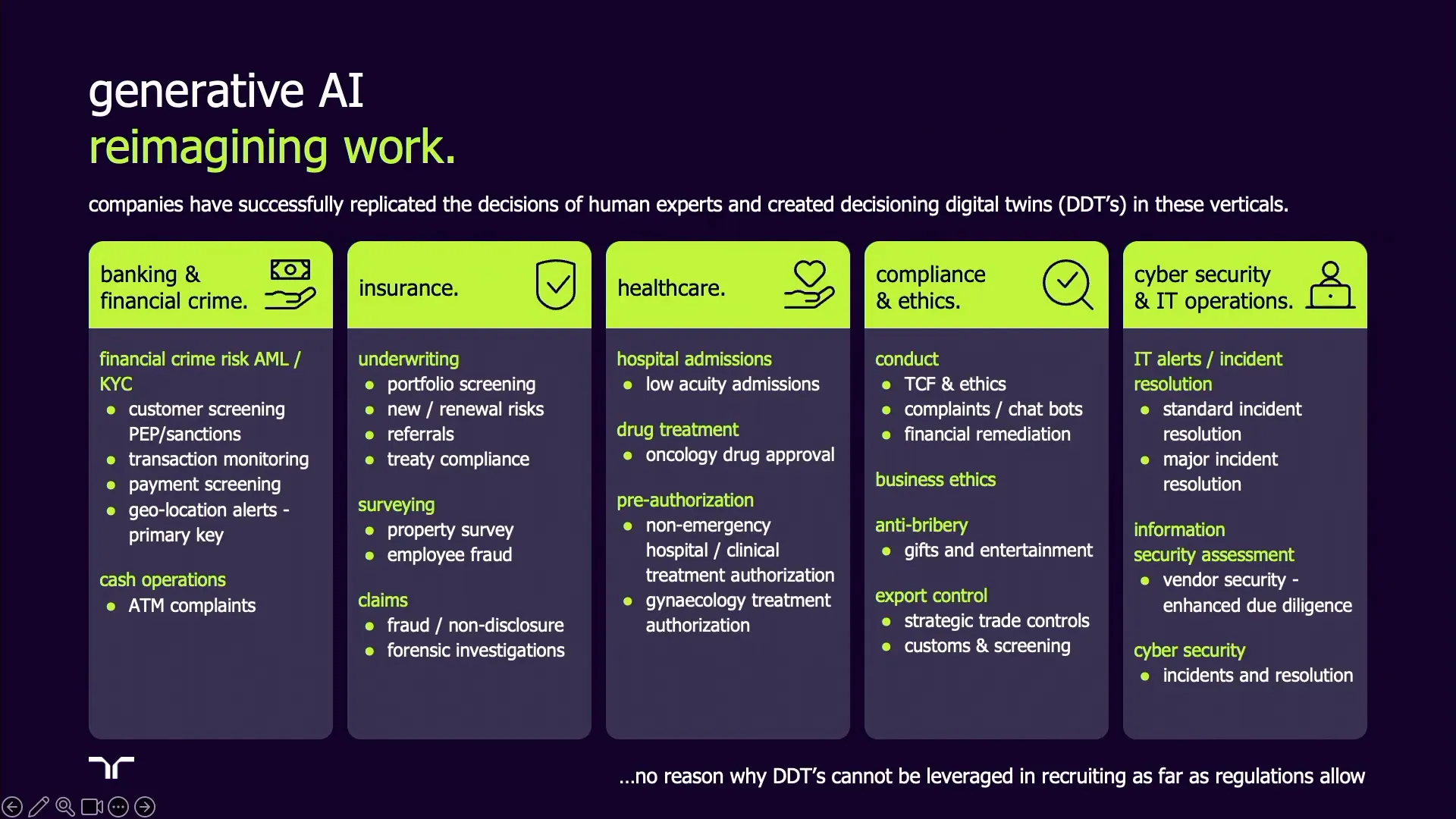The Future of Recruiting: How AI in Recruiting is Transforming Talent Acquisition and the Role of Human Recruiters
In today’s rapidly evolving landscape of talent acquisition, the influence of artificial intelligence (AI) in recruiting is undeniable. One of the most respected voices in the sourcing and talent technology sphere, Glen Cathey, offers an insightful and thought-provoking perspective on how generative AI is reshaping every facet of the recruiting process—from sourcing candidates to engaging them with empathy. Drawing on over fifteen years of experience and innovation, Glen challenges us to rethink the future of recruiting and the evolving role of human recruiters in an AI-augmented world.
This article dives deep into Glen’s key ideas, exploring the capabilities of AI, the challenges it presents, and the unique value humans still bring to the recruiting table. We’ll also examine the ethical and practical considerations around AI adoption and the future workforce transformation that lies ahead.
Understanding the Evolution of AI in Recruiting
Fifteen years ago, Glen Cathey was already discussing AI’s potential in sourcing, despite the technology being in its infancy. His first talk in 2010 had the mouthful title, “Artificial Intelligence, Black Box Semantic Search versus Human Cognition and Sourcing.” What’s fascinating is how much the landscape has shifted since then. Back then, AI had significant limitations, especially in pattern recognition and common sense—two key challenges highlighted by Dr. Michio Kaku.
Today, generative AI has solved many of these problems. It can understand natural language, reason with context, and even exhibit pattern recognition and common sense, performing tasks that were once exclusive to humans. This transformation is not just incremental; it’s revolutionary, opening new doors for automation and augmentation in recruiting.
The Five Levels of Talent Mining
Glen introduced a framework called the five levels of talent mining, which remains highly relevant today. These levels describe different approaches to leveraging data for sourcing, whether manually or with AI assistance:
- Keyword and Title Search: The basic level where recruiters search for specific keywords or job titles. AI, especially generative AI, has effectively solved this, making keyword searches faster and more accurate.
- Conceptual Search: This involves semantic search—understanding synonymous terms and equivalent titles. AI performs this better than most humans, though it’s not yet 100% inclusive.
- Implicit Search: A more intellectual approach where recruiters look for candidates who don’t explicitly mention certain skills but likely possess them. This remains challenging for AI but is still a valuable human skill.
- Natural Language Search: Searching by sentence fragments or proximity of nouns and verbs, which AI now handles effortlessly.
- Indirect Search: This involves more creative and indirect methods of finding candidates, partially solvable by AI but still reliant on human ingenuity.
Additionally, Glen highlights the concept of “dark matter” in talent sourcing—the qualified candidates excluded because they don’t mention the exact terms recruiters search for. While AI isn’t fully aware of this dark matter yet, well-crafted prompts can help mitigate its effects.
AI’s Current Strengths and Limitations in Recruiting
Where AI Excels
Generative AI now powers advanced natural language understanding, reasoning, and pattern recognition. It can:
- Perform deep semantic searches
- Generate high-quality, personalized messaging
- Engage with candidates empathetically and persistently
- Systematically measure and mitigate bias
- Communicate fluently in multiple languages
- Update applicant tracking systems (ATS) and candidate relationship management (CRM) tools autonomously
- Provide transparent, auditable decision-making processes
For example, Glen shared a case study of a large global company that developed an internal AI matching solution in just two to three months. This solution outperformed major industry players in matching candidates, speeding up decisions, and reducing regrettable attrition—all while passing adverse impact analysis. This example underscores AI’s growing power in recruitment matching.
Where AI Still Falls Short
Despite these advances, AI isn’t perfect. Some areas where human recruiters currently outperform AI include:
- Authentic Relationships: While people are increasingly forming “relationships” with AI systems, authentic human connection remains difficult for AI to replicate fully.
- Triggering Obligation: The psychological nuance of making someone feel responsible to respond or engage is still better handled by humans.
- Curiosity: AI lacks inherent curiosity—it requires human input to explore new ideas or investigate beyond programmed parameters.
- Dark Matter Awareness: Identifying and addressing the hidden qualified candidates excluded by keyword searches is still mainly a human skill.
- Novel Solutions: Although AI research agents have begun to discover novel approaches, independent creativity remains largely human territory.
- Human-in-the-Loop Accountability: AI cannot replace the necessity of a human overseeing decisions and being held accountable for outcomes.
Reimagining Sourcing and Recruiting in an AI World
Is AI Replacing Recruiters?
This question looms large for many talent acquisition professionals. Glen challenges us to confront it honestly. AI can now replicate many aspects of sourcing and recruiting, sometimes performing better and faster than humans. For example, when Glen tested AI messaging with ChatGPT-4, the AI could replicate the quality of his outreach to passive candidates, engaging them with empathy, patience, and persistence.
However, this raises concerns about spam and message saturation. Since AI generates probabilistic, unique messages, widespread use could flood candidates with high-quality but overwhelming outreach.
Defining Sourcing and Recruiting
Understanding what sourcing and recruiting truly mean helps clarify the human role. Glen suggests sourcing includes both inbound and outbound efforts:
- Inbound Sourcing: Recruitment marketing and attracting candidates who apply voluntarily.
- Outbound Sourcing: Proactively finding and engaging passive candidates who wouldn’t otherwise apply.
Recruiting, by definition, involves persuading someone to join an organization. Glen provocatively asks: If a candidate has already applied, how much recruiting is actually involved? This blurs the line between sourcing and recruiting and challenges us to rethink ROI and the value humans add.
Automation of Inbound Recruiting
Automation is already transforming inbound recruiting. Glen references companies using solutions like Paradox to automate screening and processing applicants, reducing recruiter headcount by hundreds and saving tens of millions of dollars. These technologies improve candidate experience and decrease time-to-hire, highlighting the financial and operational benefits of AI automation.
The Unique Value of Human Recruiters
What Makes Humans Irreplaceable?
Despite AI’s capabilities, recruiters must ask themselves: What unique value do I bring? Glen points to several areas where humans currently excel:
- Authentic Relationships: Genuine human connection, trust-building, and nuanced interpersonal skills.
- Creativity and Curiosity: Generating novel ideas and sourcing strategies beyond AI’s current reach.
- Accountability: Being responsible for decisions and outcomes in the hiring process.
- Handling Complex Roles: Especially in high-demand, high-complexity roles with low applicant volume, humans add the most incremental value.
AI’s IQ and Emotional Intelligence
Interestingly, AI models like ChatGPT-4 have been tested for verbal reasoning IQ, scoring in the 99th percentile—technically outperforming most humans in cognitive tasks. AI also demonstrates superhuman empathy, emotional awareness, and persuasion in blind tests, sometimes surpassing human recruiters in these soft skills.
However, this doesn’t diminish human recruiters but rather signals a shift. The future will require recruiters to orchestrate AI systems, stepping in when AI falls short and focusing on areas where human judgment and creativity are irreplaceable.

Bias, Ethics, and Accountability in AI Recruiting
One of AI’s most promising potentials is in reducing unconscious bias. Glen highlights a study by Anthropic, makers of the Claude language model, which showed that prompting AI to ignore demographic information nearly eliminated bias in theoretical hiring decisions involving age, gender, race, and ethnicity.
This contrasts with human recruiters, who are subject to over 180 cognitive biases, many unconscious and difficult to eliminate despite training.

Yet, the question of accountability remains. While AI can automate many tasks, only humans can be held accountable for decisions. This is crucial in regulated environments where “human-in-the-loop” policies require a person to make final hiring decisions.
The Changing Definition of Relationships in Recruiting
Recruiting has long been touted as a relationship-driven profession. But what exactly is a relationship? Glen encourages us to rethink this concept. A relationship is fundamentally how two or more parties behave toward each other. Today, people are already forming relationships with AI—whether working, personal, or even romantic. AI is being used therapeutically and socially, indicating that the definition of relationship is expanding.
In recruiting, this means candidates may accept AI-driven engagement more readily than we expect. Executive search, traditionally the epitome of relationship recruiting, is also seeing AI adoption. Solutions like MoonHub, Clu.ai, and Avrio are automating top-of-funnel sourcing and candidate screening, sometimes successfully recruiting high-level executives with positive candidate experiences.
AI Agents For Recruiters, By Recruiters |
|
Supercharge Your Business |
| Learn More |
AI and Candidate Experience: Opportunities and Challenges
Candidate experience has been a persistent pain point in recruiting, often failing to improve despite advances in technology. AI offers an opportunity to revolutionize candidate experience by providing:
- Superhuman personalization at scale
- 24/7 engagement and communication
- Meaningful, specific feedback on applications, prescreening, and interviews
Glen emphasizes that while candidates today may grudgingly accept automated processes, there is a chance to design experiences that candidates actually prefer. AI can fill gaps where human interaction is limited, allowing candidates to engage on their own terms without the awkwardness or pressure of human recruiters.
Regulatory Considerations and Responsible AI Use
As AI adoption grows, so do questions about compliance with regulations like those in California and Europe. Glen notes that these regulations often hinge on the concept of “significant decisions” and require transparency and bias measurement. Companies must carefully evaluate which processes can be automated and ensure candidates can opt out when necessary.
Importantly, Glen challenges the assumption that the human-in-the-loop must be a recruiter or sourcer—it could be the hiring manager or another stakeholder. This flexibility opens new models for responsible AI use while preserving human oversight.
The Future Landscape: Humans Orchestrating AI
The emerging vision for recruiting is one where humans orchestrate AI systems across the entire talent lifecycle. Recruiters will oversee AI agents, intervene when AI fails, and focus on the most complex, high-demand roles where human creativity and judgment matter most.
Glen shares a prediction that hiring managers may become more self-served by agentic AI, shifting the human-in-the-loop role away from recruiters. This evolution requires recruiters to adapt their skills and focus on areas where they add unique value.
Multi-Agent AI Systems and Expert Systems
Looking further ahead, multi-agent AI systems will collaboratively solve challenges across the talent lifecycle more effectively than any single human. However, these systems will still require human experts to oversee, validate, and continuously improve AI workflows.
Examples outside recruiting include expert systems in financial crime detection, insurance, healthcare, and cybersecurity—complex domains where human expertise is embedded into AI native workflows. These models offer a glimpse into how recruiting might evolve with AI integration.

Balancing Automation and Human-Centric Recruiting
Glen urges us to think about recruiting as a spectrum, not an either-or between automation and human engagement. Organizations must decide how much to automate versus augment, balancing cost reduction with people-centered experiences.
While automation can improve efficiency and profitability, candidate experience should never be sacrificed. Many candidates currently endure subpar experiences simply because they have to. Glen advocates for leveraging AI to create experiences candidates would actually prefer—transparent, personalized, and responsive.
Preparing for the AI-Driven Future of Recruiting
As AI continues to reshape recruiting, professionals must ask themselves critical questions:
- Are we holding on to roles that AI might render unnecessary?
- What is the real value of human interaction in recruiting?
- What unique skills and capabilities can I offer that AI cannot replicate?
- How can I develop and adapt to add value in an AI and automation-first world?
Glen encourages recruiters to lean into the areas where humans remain indispensable and to embrace AI as a powerful augmentation tool rather than a threat.
Q&A Insights: Addressing Common Concerns
During discussions, Glen addressed key questions about AI in recruiting, including:
Quality of Hire with AI
While data is still emerging, initial results suggest AI-driven hiring may perform as well or better than human-driven processes in terms of retention and quality. Companies are also integrating humans into onboarding to enhance new hire experiences.
AI-Powered Applications and Candidate Advantage
Some candidates use AI to customize applications, leading to a homogenization of “perfect matches.” Glen advises companies to establish acceptable use policies and rethink hiring processes to accommodate AI augmentation responsibly.
Candidate Acceptance of Automated Processes
Most candidates currently have little choice but to engage with automated systems, but acceptance is likely to grow. AI can reduce pressure and awkwardness in interactions, offering benefits that some candidates may prefer.
Conclusion: Embracing Change with Curiosity and Purpose
The future of recruiting is unfolding before us, driven by the remarkable capabilities of AI in recruiting. Glen Cathey’s insights illuminate a path forward where humans and AI collaborate, complementing each other’s strengths.
Recruiters must embrace this transformation with curiosity, adaptability, and a commitment to preserving what makes human interaction valuable. By doing so, they can ensure they remain indispensable in a world where AI handles much of the routine and even complex recruiting tasks.
Ultimately, the future is not about humans versus machines—it’s about humans orchestrating machines to create better outcomes for candidates, companies, and the recruiting profession itself.